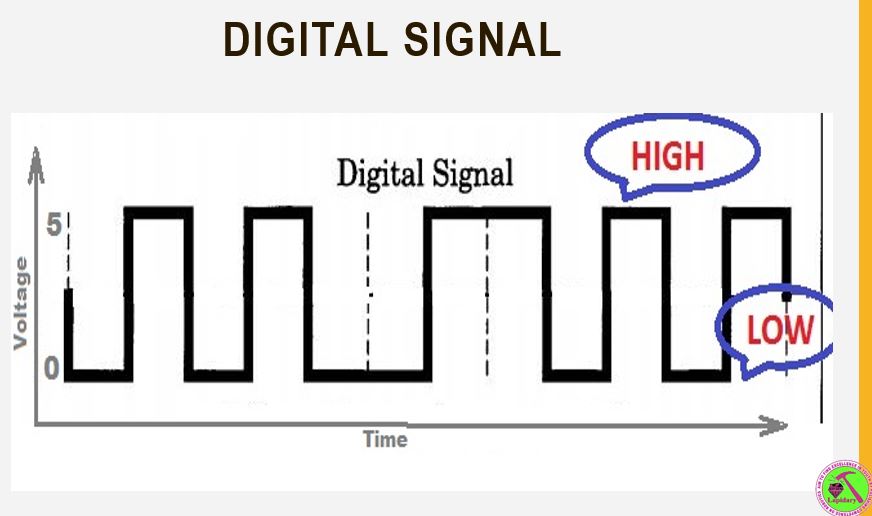Digital electronics is a field of study that deals with the design and analysis of digital circuits, systems, and devices. Digital electronics is concerned with the representation of information in digital form, which is a binary code consisting of ones (1) and zeros.(0) The fundamental building blocks of digital electronics are logic gates, which are used to perform basic logical operations such as AND, OR, NOT, and XOR.
Advantages
One of the main advantages of digital electronics over analog electronics is its ability to store and manipulate data accurately and reliably. Digital circuits are less susceptible to noise and interference, which means that they can transmit and process data more efficiently and with greater precision. Digital electronics has become an essential component of modern technology, with applications ranging from computers and smartphones to medical equipment and automotive systems.
Development
The development of digital electronics has been driven by advances in semiconductor technology, which has enabled the miniaturization of electronic components and the integration of large numbers of components onto a single chip. The invention of the microprocessor in the 1970s revolutionized the field of digital electronics, enabling the development of powerful computers and other digital devices.

Binary system
In digital electronics, the binary number system is used to represent data. Binary numbers are base-2 numbers that consist of only two digits, 0 and 1. Each digit in a binary number is referred to as a bit, and a group of eight bits is called a byte. Digital circuits use binary arithmetic to perform mathematical operations, such as addition, subtraction, multiplication, and division.
Applications
Digital electronics has numerous applications in fields such as communications, control systems, data processing, and instrumentation. Digital signal processing (DSP) is a branch of digital electronics that deals with the processing of digital signals. DSP techniques are used in a wide range of applications, including audio and video processing, image processing, speech recognition, and control systems.
In conclusion, digital electronics is a fascinating and rapidly evolving field that has revolutionized the way we store, process, and transmit information. From the humble logic gate to the powerful microprocessor, digital electronics has transformed the world we live in and continues to drive innovation and progress in technology. As we move towards an increasingly digital future, the study of digital electronics will become even more important, and the possibilities for new and exciting applications are virtually limitless.

